Grow Fennel at Home and unlock a world of culinary possibilities right in your backyard! Have you ever dreamed of snipping fresh, fragrant herbs just moments before adding them to your favorite dish? Or perhaps you’ve been captivated by the delicate, feathery foliage of fennel gracing the gardens of seasoned growers? Well, dream no more! This DIY guide is your passport to cultivating this versatile plant with ease.
Fennel, with its anise-like flavor, has a rich history stretching back to ancient civilizations. The Romans prized it for its medicinal properties and culinary uses, believing it promoted longevity and courage. Today, fennel continues to be a staple in Mediterranean cuisine and beyond. But why should you bother growing it yourself?
In today’s world, where fresh, organic produce can be expensive and sometimes hard to find, learning to grow fennel at home offers a fantastic solution. Not only will you save money, but you’ll also have the satisfaction of knowing exactly where your food comes from and that it’s free from harmful pesticides. Plus, fennel is incredibly versatile 鈥?you can use the bulb, stalks, leaves, and seeds in a variety of dishes. So, let’s dive in and discover the secrets to successfully growing this amazing plant in your own garden!
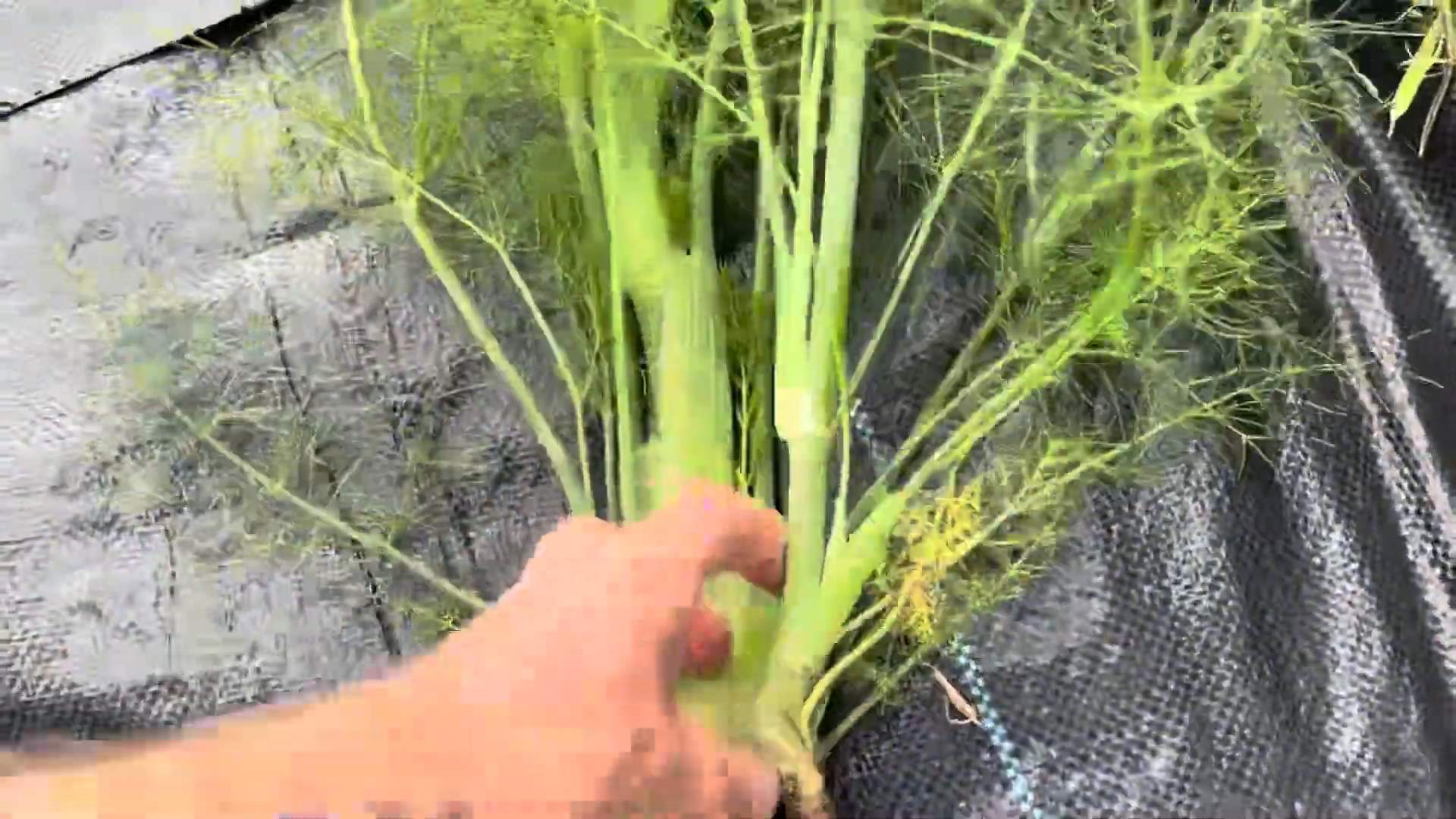
Growing Fennel at Home: A DIY Guide for Beginners
Hey there, fellow gardening enthusiasts! I’m so excited to share my experience with growing fennel at home. It’s surprisingly easy, and the fresh, anise-like flavor is just incredible in salads, soups, and even grilled dishes. Plus, the feathery foliage is beautiful in the garden. Let’s dive in!
Choosing Your Fennel Variety
Before we get started, it’s important to choose the right type of fennel. There are two main types:
* **Bulbing Fennel (Florence Fennel):** This is the type you’ll find in most grocery stores. It forms a bulbous base that you can eat like a vegetable. Varieties include ‘Zefa Fino’ and ‘Rondo’.
* **Herb Fennel (Common Fennel):** This type doesn’t form a bulb, but it produces lots of flavorful leaves and seeds. It’s great for adding a licorice-like flavor to dishes. ‘Bronze Fennel’ is a popular variety with beautiful, dark foliage.
I personally love growing both! For this guide, I’ll focus on growing bulbing fennel, but the general principles apply to herb fennel as well.
Getting Started: Planting Fennel
Fennel can be a bit finicky about transplanting, so I recommend direct sowing the seeds whenever possible. Here’s how I do it:
1. **Choose the Right Time:** Fennel is a cool-season crop, so the best time to plant it is in early spring or late summer/early fall. In my zone (6b), I usually plant in late April or early May for a summer harvest, and again in late July or early August for a fall harvest. Check your local climate to determine the best planting time for your area.
2. **Prepare the Soil:** Fennel needs well-drained, fertile soil. Before planting, I amend my soil with plenty of compost. This helps improve drainage and provides essential nutrients. I also like to add a little bit of bone meal to encourage strong root growth.
3. **Sow the Seeds:** Sow the seeds directly into the ground about 1/4 inch deep and 1-2 inches apart. Gently cover the seeds with soil and water thoroughly.
4. **Thin the Seedlings:** Once the seedlings emerge (usually in about 7-14 days), thin them to about 6-8 inches apart. This will give the plants enough room to grow and develop their bulbs. I know it feels harsh to pull out the little seedlings, but trust me, it’s necessary!
5. **Water Regularly:** Keep the soil consistently moist, but not waterlogged. Fennel needs plenty of water, especially during hot weather. I usually water deeply every few days, or more often if the soil feels dry to the touch.
6. **Fertilize (Optional):** If your soil is poor, you can fertilize your fennel plants with a balanced fertilizer every few weeks. I personally prefer to use a liquid seaweed fertilizer, as it’s gentle and provides a good source of micronutrients.
Caring for Your Fennel Plants
Once your fennel plants are established, they’re relatively easy to care for. Here are a few tips to keep them happy and healthy:
* **Weed Regularly:** Keep the area around your fennel plants free of weeds. Weeds can compete with your fennel for water and nutrients. I like to hand-weed regularly, or use a layer of mulch to suppress weed growth.
* **Pest Control:** Fennel is generally pest-resistant, but it can sometimes be attacked by aphids or slugs. If you notice any pests, you can try spraying them with insecticidal soap or hand-picking them off the plants. I’ve found that attracting beneficial insects, like ladybugs, can also help control pests naturally.
* **Bolting Prevention:** One of the biggest challenges with growing fennel is preventing it from bolting (going to seed). Bolting can happen when the weather gets too hot or dry. To prevent bolting, make sure to water your fennel plants regularly and provide them with some shade during the hottest part of the day. You can also choose bolt-resistant varieties.
* **Earthing Up (For Bulbing Fennel):** As the bulb starts to form, you can “earth up” the soil around it. This means gently mounding soil around the base of the bulb. This helps to blanch the bulb, making it more tender and less bitter.
Harvesting Your Fennel
Harvest time is the best time! Here’s how I harvest my fennel:
1. **When to Harvest:** You can harvest bulbing fennel when the bulb is about the size of a tennis ball. For herb fennel, you can harvest the leaves at any time.
2. **How to Harvest Bulbing Fennel:** To harvest bulbing fennel, simply loosen the soil around the bulb and gently pull it out of the ground. You can also use a knife to cut the bulb from the roots.
3. **How to Harvest Herb Fennel:** To harvest herb fennel, simply snip off the leaves with scissors or pruning shears.
4. **Storing Fennel:** Fresh fennel bulbs can be stored in the refrigerator for up to a week. Fennel leaves can be stored in the refrigerator for a few days, or you can dry them for later use. Fennel seeds can be harvested when they are dry and brown. Store them in an airtight container in a cool, dark place.
Troubleshooting Common Fennel Problems
Even with the best care, you might encounter some problems when growing fennel. Here are a few common issues and how to address them:
* **Bolting:** As mentioned earlier, bolting is a common problem with fennel. To prevent bolting, make sure to water your plants regularly and provide them with some shade during hot weather. You can also choose bolt-resistant varieties. If your fennel does bolt, you can still harvest the leaves and seeds, but the bulb will be tough and bitter.
* **Yellowing Leaves:** Yellowing leaves can be a sign of nutrient deficiency or overwatering. If your soil is poor, try fertilizing your plants with a balanced fertilizer. If you’re overwatering, let the soil dry out a bit between waterings.
* **Pests:** Fennel is generally pest-resistant, but it can sometimes be attacked by aphids or slugs. If you notice any pests, you can try spraying them with insecticidal soap or hand-picking them off the plants.
* **Root Rot:** Root rot is a fungal disease that can occur in waterlogged soil. To prevent root rot, make sure your soil is well-drained and avoid overwatering. If you suspect root rot, you can try transplanting your fennel plants to a new location with better drainage.
Using Your Homegrown Fennel
Now for the fun part: using your homegrown fennel! Here are a few of my favorite ways to enjoy it:
* **Salads:** Thinly sliced fennel bulb is delicious in salads. I love to combine it with oranges, olives, and a simple vinaigrette.
* **Soups:** Fennel adds a wonderful anise-like flavor to soups. I often add it to vegetable soups or seafood stews.
* **Grilled Dishes:** Grilled fennel is a delicious side dish. Simply slice the bulb into wedges, brush with olive oil, and grill until tender.
* **Fennel Fronds:** Don’t throw away the fennel fronds! They can be used as a garnish or added to salads and soups.
* **Fennel Seeds:** Fennel seeds can be used as a spice in a variety of dishes. I love to use them in Italian sausage or to season roasted vegetables.
Propagating Fennel
While fennel is typically grown from seed, you can also propagate it by division. This is best done in the spring or fall.
1. **Dig Up the Plant:** Carefully dig up the entire fennel plant, being careful not to damage the roots.
2. **Divide the Roots:** Use a sharp knife or trowel to divide the root ball into several sections, each with its own set of roots and shoots.
3. **Replant the Divisions:** Replant the divisions in well-drained soil, spacing them about 12-18 inches apart.
4. **Water Thoroughly:** Water the newly planted divisions thoroughly and keep the soil consistently moist until they are established.
Fennel Companion Planting
Fennel is known to be a bit of a tricky companion plant. It can inhibit the growth of some plants, but it can also be beneficial to others. Here are a few things to keep in mind:
* **Avoid Planting Near:** Beans, tomatoes, kohlrabi, and dill. Fennel can inhibit the growth of these plants.
* **Good Companions:** Rosemary, thyme, and chamomile. These herbs can help to deter pests and attract beneficial insects.
Enjoying the Beauty of Fennel
Beyond its culinary uses, fennel is also a beautiful plant to have in the garden. The feathery foliage adds a delicate texture, and the yellow flowers attract pollinators. I often plant fennel in my flower beds as well as my vegetable garden. The bronze fennel variety is especially striking with its dark, dramatic foliage.
Final Thoughts
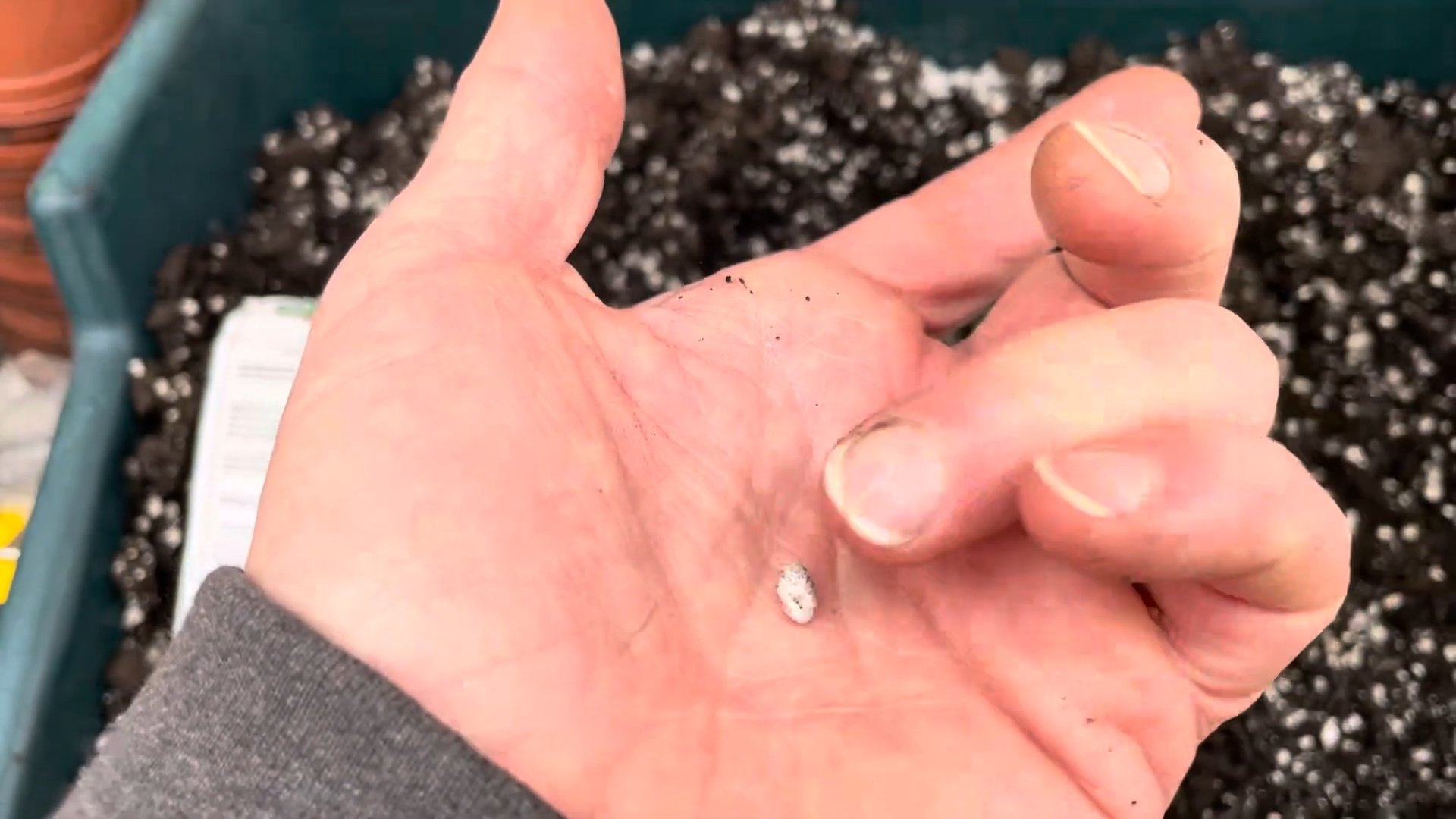
Conclusion
So, there you have it! Growing fennel at home is not only achievable, but it’s also a deeply rewarding experience that brings fresh, aromatic flavors right to your fingertips. Forget relying solely on grocery store produce; with a little effort and these simple steps, you can cultivate your own thriving fennel patch, ready to enhance your culinary creations whenever inspiration strikes.
Why is this DIY trick a must-try? Because it’s about more than just saving a few dollars. It’s about connecting with the food you eat, understanding its growth cycle, and enjoying the unparalleled freshness that comes from harvesting your own herbs and vegetables. Store-bought fennel simply can’t compare to the vibrant, anise-like aroma and crisp texture of homegrown fennel. Plus, you have complete control over the growing process, ensuring that your fennel is free from harmful pesticides and chemicals.
Beyond the basic method outlined, there are plenty of ways to personalize your fennel-growing journey. Consider experimenting with different varieties of fennel. Florence fennel, with its bulbous base, is perfect for roasting or braising, while common fennel, with its feathery fronds, is ideal for salads and garnishes. You can also try companion planting. Fennel is known to attract beneficial insects like ladybugs and hoverflies, which can help control pests in your garden. However, be mindful that fennel can inhibit the growth of some plants, so do your research before planting it near other vegetables.
Another exciting variation is growing fennel in containers. This is a great option if you have limited space or live in an apartment. Choose a large pot with good drainage and use a high-quality potting mix. Container-grown fennel may require more frequent watering and fertilization, but it’s a convenient way to enjoy fresh fennel even without a traditional garden.
Don’t be intimidated if you’re a beginner gardener. Growing fennel is surprisingly easy, and even small successes can be incredibly motivating. Start with a few seeds or seedlings, follow the basic guidelines, and be patient. You’ll be amazed at how quickly your fennel plants will grow and flourish.
The key takeaway is this: growing fennel at home empowers you to take control of your food source, enjoy fresher, more flavorful ingredients, and connect with nature in a meaningful way. It’s a simple yet profound way to enhance your culinary life and bring a touch of the garden into your kitchen.
We wholeheartedly encourage you to give this DIY trick a try. Whether you have a sprawling backyard or a small balcony, there’s a way to incorporate fennel into your growing space. And once you’ve harvested your first crop, we’d love to hear about your experience! Share your photos, tips, and recipes with us in the comments below. Let’s create a community of home gardeners who are passionate about growing their own food and sharing their knowledge with others. So, grab your seeds, get your hands dirty, and start growing your own delicious fennel today! You won’t regret it.
Frequently Asked Questions (FAQ)
What is the best time of year to plant fennel?
The ideal time to plant fennel depends on your climate. In regions with mild winters, you can plant fennel in the fall for a spring harvest. In colder climates, it’s best to start seeds indoors 6-8 weeks before the last expected frost and transplant them outdoors in the spring. You can also direct sow seeds outdoors after the last frost, once the soil has warmed up. For a continuous harvest, consider succession planting, sowing new seeds every few weeks.
How much sunlight does fennel need?
Fennel thrives in full sun, requiring at least 6-8 hours of direct sunlight per day. Insufficient sunlight can result in leggy growth and reduced bulb size (for Florence fennel). Choose a sunny location in your garden or on your balcony to ensure optimal growth. If you’re growing fennel indoors, supplement with grow lights if necessary.
What kind of soil is best for growing fennel?
Fennel prefers well-drained soil that is rich in organic matter. Amend your soil with compost or aged manure before planting to improve its fertility and drainage. A slightly acidic to neutral soil pH (around 6.0-7.0) is ideal. Avoid heavy clay soils, as they can become waterlogged and inhibit root growth.
How often should I water fennel?
Water fennel regularly, especially during dry periods. Keep the soil consistently moist, but avoid overwatering, which can lead to root rot. Water deeply at the base of the plant, rather than overhead, to prevent fungal diseases. Mulching around the plants can help retain moisture in the soil and suppress weeds.
How do I harvest fennel?
The harvesting time depends on the type of fennel you’re growing. For Florence fennel, harvest the bulb when it reaches the desired size, typically when it’s about the size of a tennis ball. Cut the bulb at the base of the plant, just above the soil line. For common fennel, you can harvest the fronds as needed throughout the growing season. Simply snip off the fronds with scissors or pruning shears. You can also harvest the seeds once they have dried on the plant.
Does fennel attract any pests or diseases?
Fennel is generally resistant to pests and diseases, but it can be susceptible to aphids, slugs, and snails. Inspect your plants regularly for signs of infestation and take appropriate action if necessary. You can control aphids with insecticidal soap or neem oil. Slugs and snails can be handpicked or trapped. Root rot can be a problem in poorly drained soils, so ensure proper drainage and avoid overwatering.
Can I grow fennel in containers?
Yes, fennel can be successfully grown in containers. Choose a large pot with good drainage, at least 12 inches in diameter. Use a high-quality potting mix and water regularly. Container-grown fennel may require more frequent fertilization than plants grown in the ground. Place the container in a sunny location and rotate it regularly to ensure even growth.
Is fennel a perennial or an annual?
Fennel is technically a short-lived perennial in warmer climates (zones 7-10), meaning it can live for more than two years. However, it is often grown as an annual, especially in colder regions, as it may not survive harsh winters. If you live in a colder climate, you can try to overwinter your fennel plants by mulching heavily around the base of the plant or bringing them indoors.
How can I use the different parts of the fennel plant?
All parts of the fennel plant are edible and have different culinary uses. The bulb of Florence fennel can be roasted, braised, grilled, or eaten raw in salads. The fronds of common fennel can be used as a garnish, added to salads, or used to flavor soups and sauces. The seeds can be used as a spice in both sweet and savory dishes. The stalks can be used to flavor stocks and broths.
Why is my fennel bolting (going to seed)?
Fennel is prone to bolting, especially in hot weather. Bolting occurs when the plant prematurely produces flowers and seeds, which can make the bulb tough and bitter. To prevent bolting, choose bolt-resistant varieties, plant in the spring or fall, and provide consistent moisture. You can also try shading the plants during the hottest part of the day. If your fennel does bolt, you can still harvest the seeds and use them as a spice.


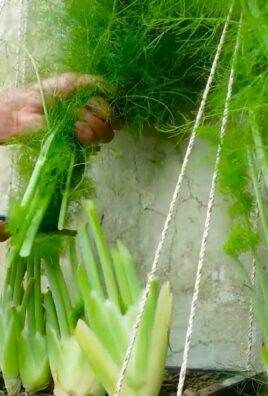
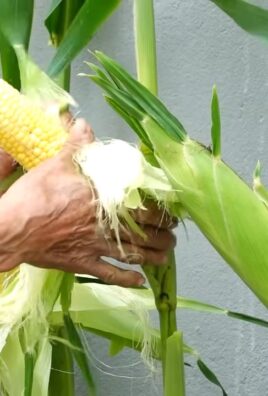
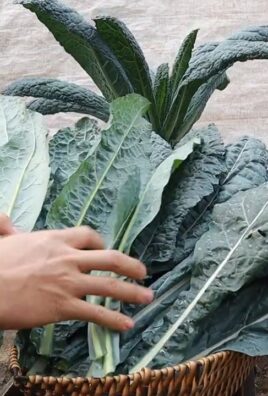
Leave a Comment